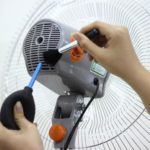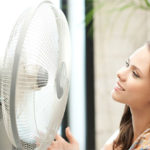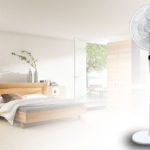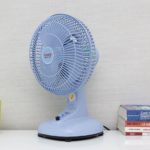When the hot summer days arrive, one of the most popular and widely used cooling devices is undoubtedly the electric fan. These days, fans can be found in almost every household to combat the scorching heat. Using a fan is considered simple and cost-effective compared to other cooling appliances.
However, many users are concerned about the optimal placement of the fan, especially at night while sleeping. Specifically, what is the ideal location for a fan? Some suggest placing it right next to the bed to maximize its cooling effect. Others argue that it should be placed as far away from the bed as possible to allow the airflow to circulate throughout the entire space.
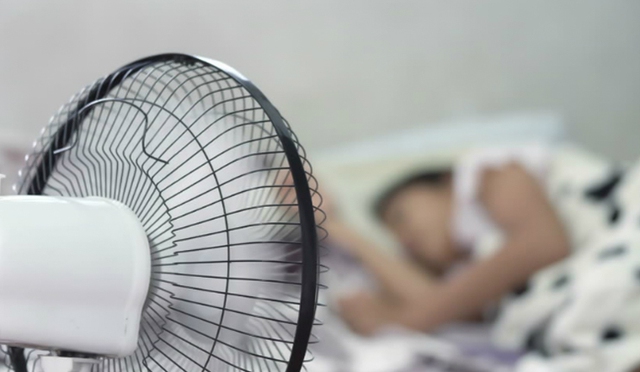
Where is the ideal place for a fan while sleeping? (Illustration)
Below is an analysis and advice on the optimal fan placement for a good night’s sleep.
The Ideal Fan Placement for Sleeping
In reality, placing the fan too close or too far from the bed is not the correct answer to the question: “What is the ideal location for a fan at night while sleeping?” According to experts, the best distance for a regular floor or box fan is about 2 meters away from the bed. This is to prevent direct exposure to the cold airflow, which is considered healthier as it avoids issues such as muscle cramps, circulation problems, headaches, or nerve paralysis.
Additionally, placing the fan too close to the face can cause dryness in the mouth and nose. Dust accumulated on the fan can also blow into the respiratory tract, causing allergic reactions or infections in open wounds.
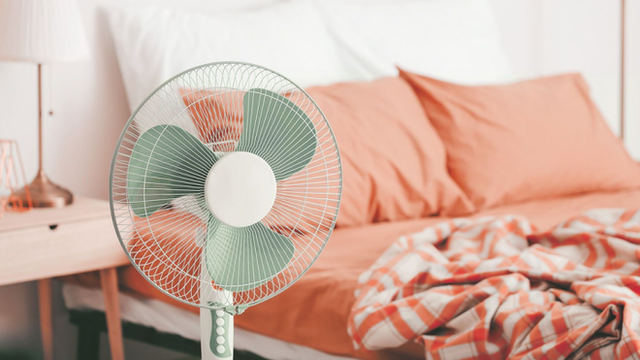
The ideal distance between the fan and the bed is approximately 2 meters. (Illustration)
Besides the distance, the direction in which the fan is pointed relative to the sleeping area is also crucial. Specifically, it should not be pointed at the foot or head of the bed. Instead, it should be positioned at the hip level of the bed, perpendicular to the sleeping direction.
When using the fan overnight, avoid pointing it in a fixed direction. It is best to use the oscillating mode with moderate speed, and a gentle setting if used in combination with air conditioning.
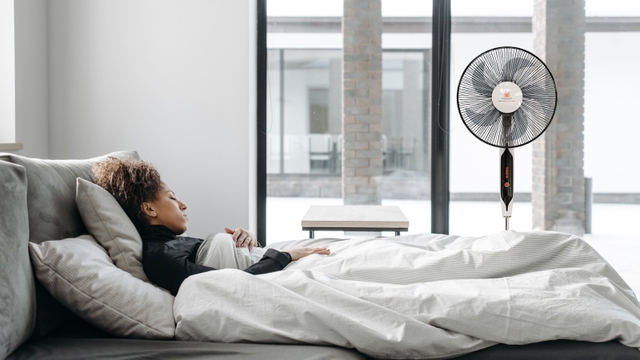
Place the fan at the hip level of the bed and use the oscillating mode to promote better airflow and circulation in the room. (Illustration)
How to Use Fans Efficiently and Economically
In addition to the optimal fan placement, users can also refer to the following tips for safe, efficient, and economical fan usage during the summer.
1. Choose the Right Fan for Your Space
Selecting the appropriate fan for your space is crucial for efficient and economical use. For example, in a bedroom, besides a floor or box fan, you can also use a table fan or a wall-mounted fan, especially in smaller rooms. For larger spaces like living rooms, kitchens, or bigger bedrooms, a ceiling fan is the ideal solution for cooling a larger number of people. When purchasing, also consider the wattage, which indicates the cooling capacity of the fan.
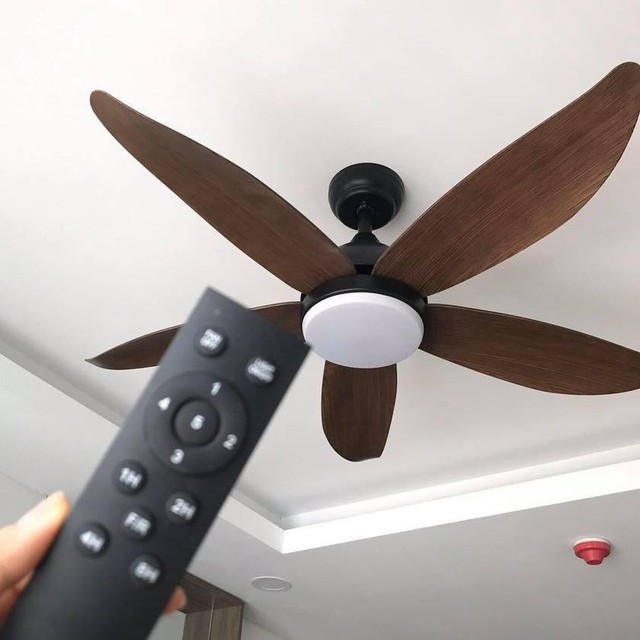
Ceiling fans are ideal for larger rooms. (Illustration)
2. Avoid Running the Fan Continuously
Running a fan continuously day after day may seem harmless, but experts warn that it can shorten the lifespan of the appliance and cause faster wear and tear, leading to higher electricity consumption. While the likelihood of immediate damage to the fan due to continuous use is considered low, it is still something to keep in mind.
It is best to arrange a schedule for using multiple fans throughout the day, allowing them to rest for about 15 minutes after every 5 hours of continuous use.
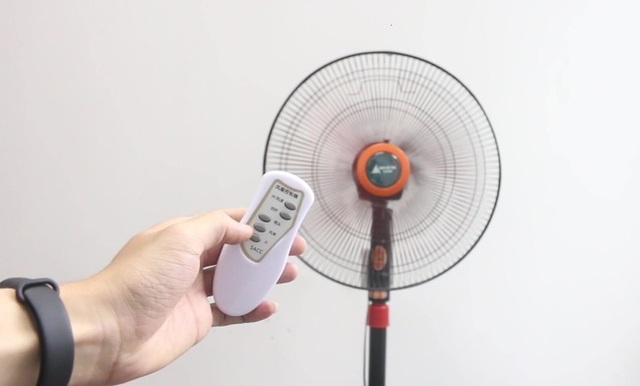
Allow the fan to rest after approximately 5 hours of continuous use. (Illustration)
3. Unplug the Fan When Not in Use
When the fan is not in use, during its resting period, or when you are away, unplug the power cord. This not only saves electricity but also prevents potential fire hazards. Experts recommend doing this for most electrical appliances in the house.
4. Regularly Inspect, Clean, and Maintain the Fan
Developing a routine of inspecting, cleaning, and maintaining your fan is essential. It helps identify any potential issues and keeps the fan in good working condition. Cleaning also removes dust from the fan blades and motors, improving its efficiency. Distributors recommend inspecting and maintaining the fan every 6 months and cleaning it every 2-3 months, depending on usage frequency.
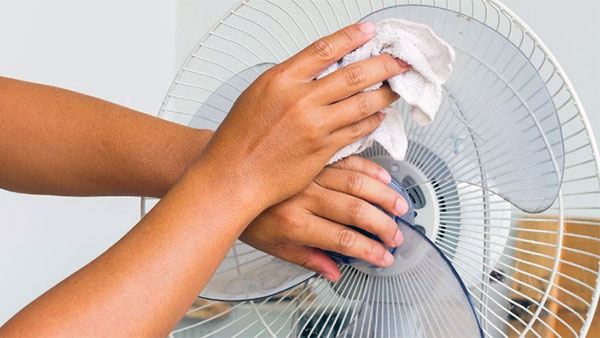
Illustration
According to Nguoiduatin

























